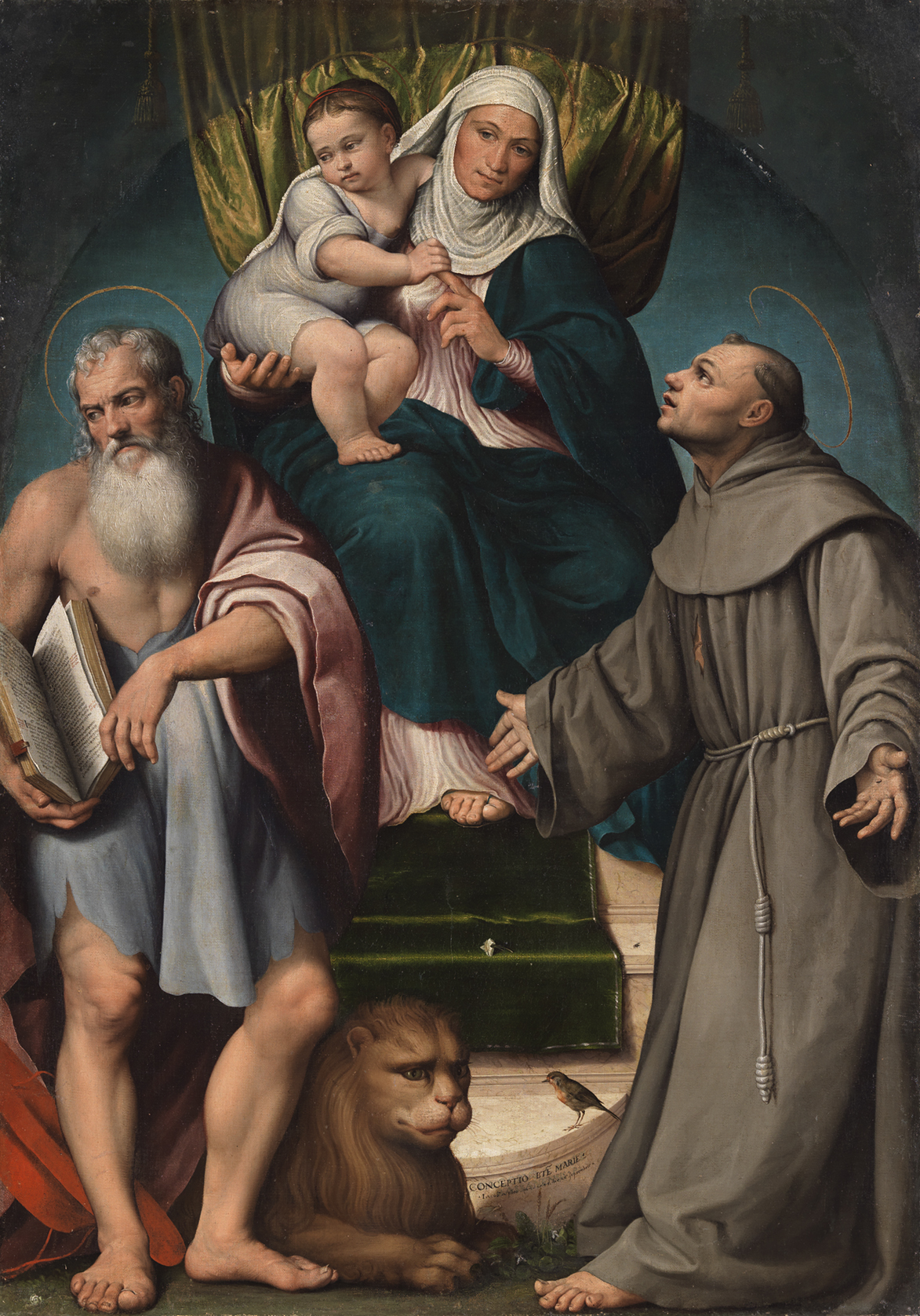VENICE’S GALLERIE DELL’ACCADEMIA REOPEN TO THE PUBLIC WITH A SPECIAL SURPRISE
After more than two months, Venice’s Gallerie dell’Accademia are finally reopening to the public on Tuesday 26 May, one of the first Italian museums to resume normal activity. Visitors will be treated to an extraordinary surprise: Jacopo Bassano’s Saint Anne Altarpiece (1541), which has returned to the Gallerie after more than a century. This special initiative is part of a broader project for the valorisation of Veneto art.
In this extraordinarily difficult period for our national cultural system, support the Museum and discover the most important collection of Veneto painting in the world. Purchase an annual Card and be part of the Gallerie’s life full-time thanks to unlimited and preferential access as well as invitations to inaugurations and lectures.
Discover all of the membership card’s exclusive benefits
A unique occasion to rediscover the beauty of Venice and its artistic heritage.
Cards bought before the Museum was shut will be valid for an extra two months after their expiry date.
USEFUL INFORMATION
The Museum will be open, in full compliance with national security measures, from Tuesday to Sunday, from 8.15 a.m. to 7.15 p.m., and will be shut on Mondays.
Jacopo Bassano’s Saint Anne Altarpiece

The extraordinary Saint Anne Enthroned with the Virgin Child and Saints Jerome and Francis, commonly known as the Saint Anne Altarpiece, was executed by Jacopo da Ponte, known as Jacopo Bassano, in 1541.
Painted for the Reformed Order of Friars Minor in Asolo and part of the Gallerie collections since 1812, the work was placed in deposit at the close of the nineteenth century with the parish church of Sossano and then, in 1956, with the Museo Civico at Bassano del Grappa. The decision to bring the painting home after more than a century was motivated by the reorganisation (already at an advanced planning stage) of the section dedicated to Cinquecento Veneto painting in the halls currently being restored and upgraded.
The altarpiece will be exhibited temporarily in Hall XXIII, that is the former church of Santa Maria della Carità, before being transferred for maintenance work and then placed in a room entirely dedicated to the works of Jacopo Bassano, which will be inaugurated next autumn along with other exhibition areas in the Palladian wing. This painting is fundamental in documenting the painter’s youthful phase, which is characterised by a composite language displaying the influence of the work of Pordenone (who had just left the Venetian scene), early Mannerist experimentations (which characterised production in the 1540s), and suggestions of the Naturalism of the Lombard school. This is therefore an important historical element in Jacopo Bassano’s production that had hitherto not been represented in the rather rich collection of the artist’s works held by the Gallerie, which were all from a different, later phase of the artist’s works.
New regulations for visiting the Museum
To deal with the health emergy caused by Coronavirus, we have set up a new list of simple behaviour guidelines to follow when you visit the Museum.We will be implementing this protocol together with you and we would appreciate it if you could tell us about your personal experience so that we can improve your future visits.
Here are the main indications to follow to respect current security norms:
entrance to the museum will be limited to a capped number of visitors at any one time, and you will have to wear a mask during your visit as well as keep a distance of two metres (six feet) from other patrons and staff. You will be asked to disinfect your hands or gloves at the Museum entrance by using the sanitising gel we have provided and wash your hands with soap and water as often as possible. While queuing please keep your distance from other patrons and wait until the Museum staff invite you to enter. Finally, please remember that people whose temperature is higher than 37.5°C will not be allowed to enter the Museum.
Respecting these simple rules means that you can enjoy your visit to the Museum in complete safety and security. And please remember: Visiting the Museum is good for you!
